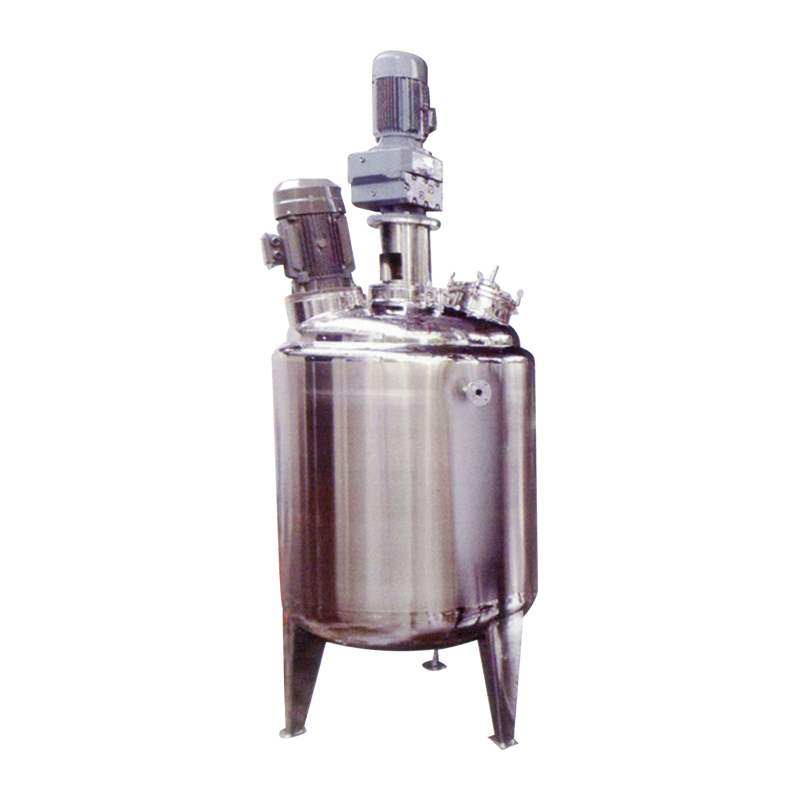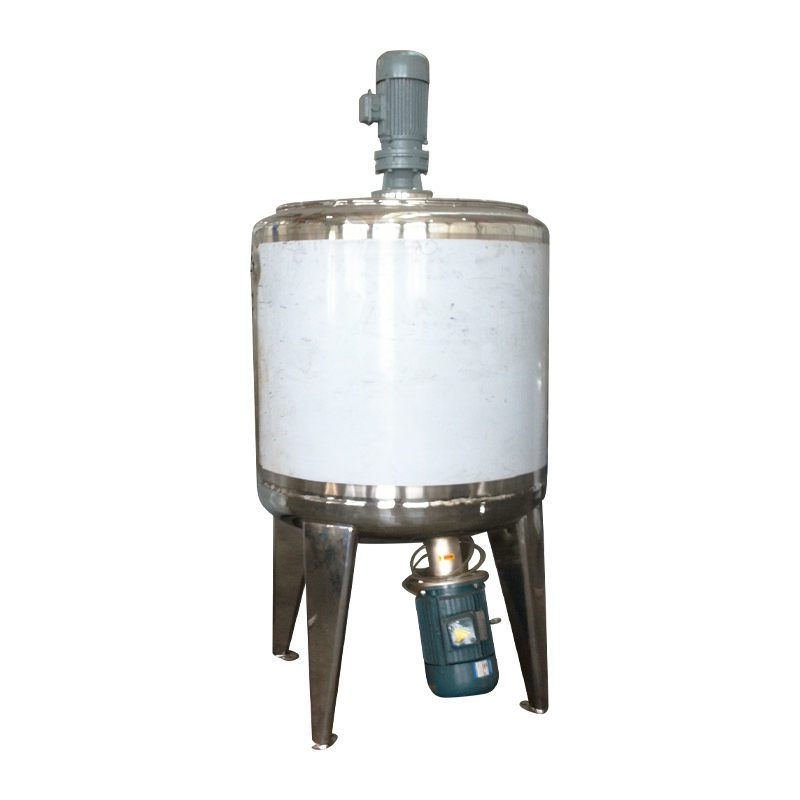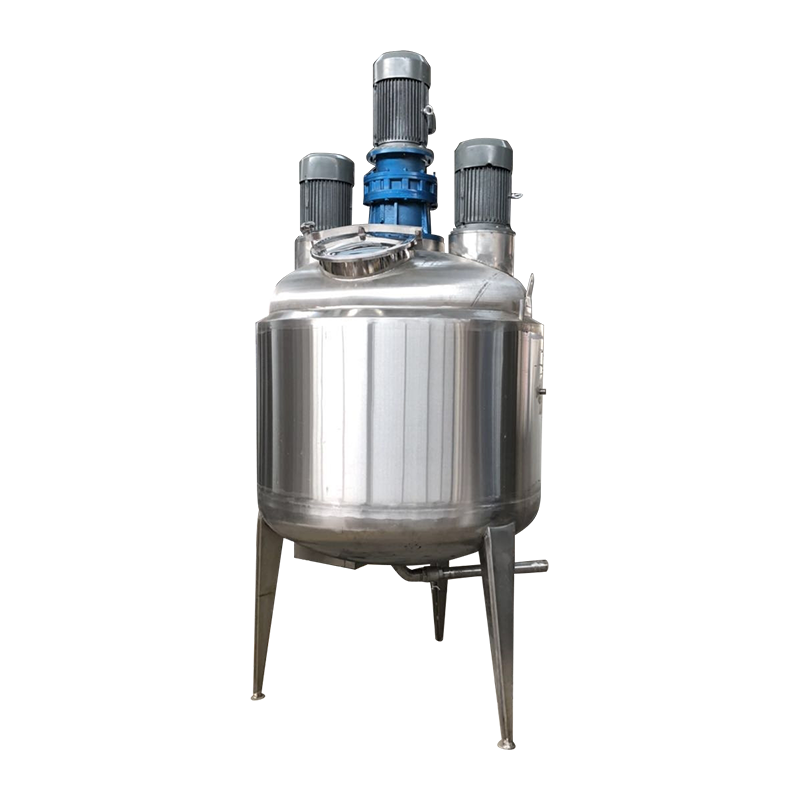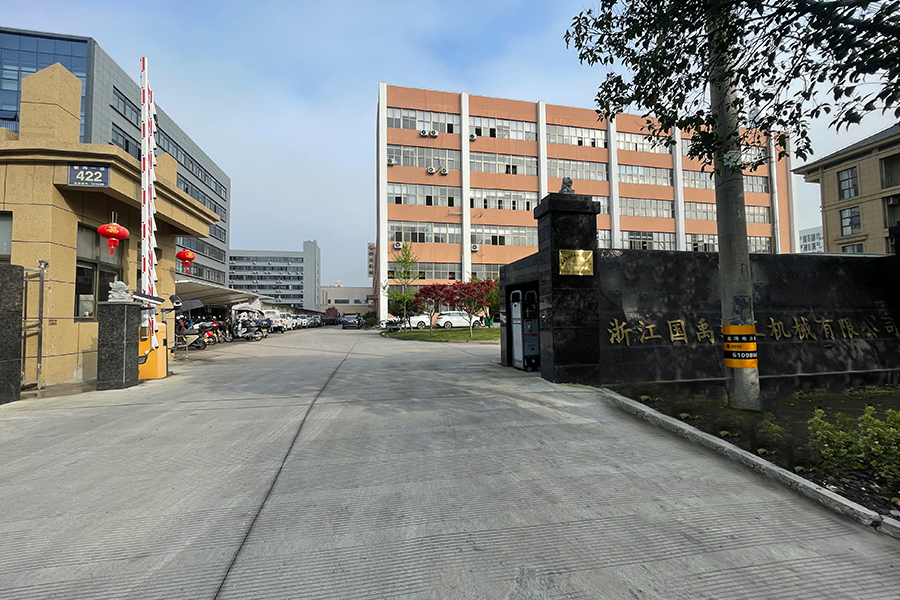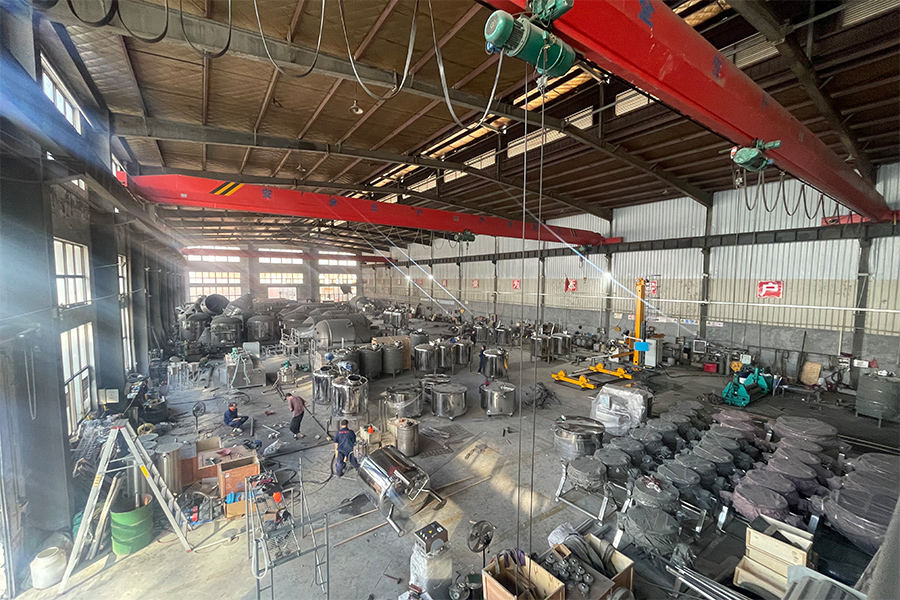An Emulsification Tank is a specialized vessel used in industries such as pharmaceuticals, cosmetics, and food processing to mix two immiscible liquids into a stable emulsion. Equipped with high-shear mixers or homogenizers, the tank efficiently breaks down particles to create a uniform blend. These tanks are designed to handle varying viscosities and maintain consistent temperature control to ensure product quality.
Key Components and Uses of Dispersed Emulsification Tanks
A Dispersed Emulsification Tank is designed for processes that require the mixing and dispersing of multiple substances into a uniform emulsion. It is commonly used in industries such as food processing, cosmetics, pharmaceuticals, and chemicals. This type of tank enables the fine distribution of solid particles or immiscible liquids into a continuous liquid phase, producing a consistent and stable product.
The tank typically includes a high-speed agitator or dispersing device that generates strong shear forces. These forces break down materials and ensure thorough mixing, pilot to the formation of fine emulsions or suspensions. The design often incorporates a heating or cooling jacket to control temperature during operation, which is important for processing sensitive ingredients.
Dispersed emulsification tanks are suitable for producing creams, lotions, sauces, adhesives, and coatings. They help enhance product uniformity, texture, and shelf stability. The tanks are available in various capacities to accommodate different production scales, from small-batch operations to large-scale manufacturing.
Maintenance and cleaning are also important considerations. Many tanks are built with smooth internal surfaces and can be equipped with cleaning-in-place (CIP) systems to simplify sanitation. The use of non-reactive and durable construction materials helps ensure chemical compatibility and longevity.
Dispersed emulsification tanks play a vital role in blending processes where efficient mixing and consistent dispersion are required.
Efficient Emulsion Processing with Stainless Steel Tanks
A Stainless Steel Emulsification Tank is widely used for producing emulsions in industries such as cosmetics, food, pharmaceuticals, and chemicals. This tank is constructed from stainless steel, a material known for its durability, resistance to corrosion, and hygienic properties. It is particularly suitable for processing products that require cleanliness and stability.
These tanks are equipped with emulsifying devices such as high-shear mixers or agitators, which generate the mechanical energy needed to combine immiscible liquids or finely disperse particles into a liquid medium. The emulsification process results in a smooth and uniform product that meets industry standards for texture and performance.
Stainless steel emulsification tanks are often designed with temperature control systems, including heating or cooling jackets, to maintain precise processing conditions. This feature is essential for materials that are temperature-sensitive or require thermal consistency to achieve proper emulsification.
The tanks come in various sizes and can be customized with features such as pressure controls, vacuum systems, or CIP (cleaning-in-place) options for improved operation and maintenance. Their robust design ensures long-term use and ease of cleaning, which is important in regulated environments.
Applications include the production of creams, ointments, salad dressings, and chemical emulsions. Their stainless steel construction not only enhances hygiene but also supports chemical compatibility and smalls contamination risks.
Stainless steel emulsification tanks offer reliable performance for processes where cleanliness, durability, and efficient mixing are important.







